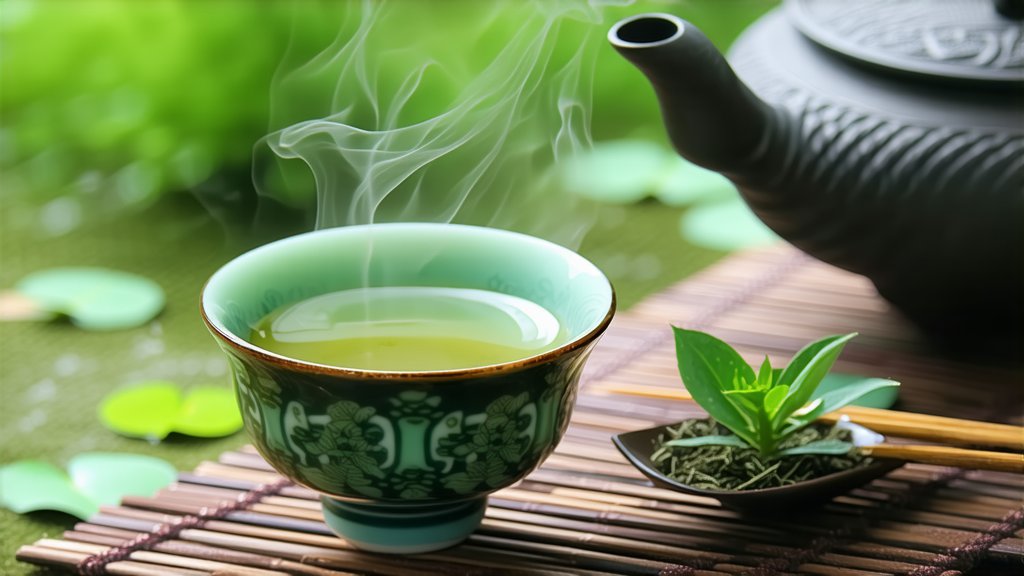
The Elegance of Green Tea: An In-Depth Look at Biluochun
Green tea, a category revered for its delicate flavors and numerous health benefits, encompasses a wide array of varieties, each with its own unique charm and story. Among these, Biluochun stands out as a testament to the artistry and tradition of Chinese tea culture. This article delves into the history, types, production process, brewing techniques, and tasting methods of Biluochun, offering international readers an immersive journey into the world of this exquisite green tea.
History: A Glimpse into Time
Biluochun, also known as Green Snail Spring, traces its origins back to the early Qing Dynasty during the reign of Emperor Kangxi (1661-1722). Its name is derived from its distinctive appearance—tightly rolled leaves that resemble snails or spirals, and its connection to the picturesque Dongting Mountain in Jiangsu Province, where it was first cultivated. Over centuries, Biluochun has earned a reputation as one of China's top ten famous teas, celebrated for its elegant shape, vivid color, and mellow taste.
Types: Diversity Within Uniformity
While Biluochun is a distinct variety, there exists some regional variation within its production areas. The most renowned comes from the original terroir around Dongting Mountain, but similar styles are also produced in nearby regions such as Yunan and Zhejiang. These variations often reflect subtle differences in climate, soil, and cultivation practices, contributing to nuanced flavor profiles while maintaining the essence of what makes Biluochun unique.
Production Process: A Dance with Nature
The making of Biluochun is an intricate dance between human skill and natural elements. It begins in late winter or early spring when the young buds and leaves are tender yet full of vitality. The process involves several meticulous steps:
- Picking: Only the finest one bud and one leaf are handpicked, ensuring the highest quality.
- Withering: The freshly picked leaves are spread out to wilt under controlled conditions, reducing moisture content and preparing them for rolling.
- Rolling: This crucial step involves gently rolling the leaves by hand or with special machines to shape them into the characteristic snail-like form. It's a delicate balance between pressure and finesse to avoid damaging the leaves.
- Fixation: Through careful heating, the enzyme activity is stopped, preserving the fresh green color and preventing oxidation.
- Drying: Finally, the tea is dried to reduce moisture further, enhancing its shelf life and locking in the flavors.
Brewing Method: Unveiling the Essence
To fully appreciate Biluochun's elegance, proper brewing is essential. Here's a guide to coaxing out its best qualities:
- Water Quality: Use fresh, cold water free from chlorine or impurities. Filtered or spring water is ideal.
- Temperature: Heat the water to approximately 80°C (176°F). Higher temperatures can scald the delicate leaves.
- Tea Quantity: For a standard cup, use about 3 grams of Biluochun per 150ml (5oz) of water. Adjust according to personal preference.
- Steeping Time: Infuse the tea for 1-2 minutes initially. Shorter steeping times preserve the tea's freshness and prevent bitterness.
- Multiple Infusions: Biluochun can be steeped multiple times, each revealing different layers of flavor. Adjust steeping time slightly longer for subsequent infusions.
Tasting Notes: Savoring the Subtleties
Tasting Biluochun is an exercise in mindfulness and appreciation for nature's bounty. Here's how to engage all your senses:
- Appearance: Observe the tea's bright green color and tightly rolled shape. After infusion, note how the leaves unfurl gracefully.
- Aroma: Before sipping, inhale deeply to catch hints of fresh vegetation, floral notes, and sometimes a faint sweetness.
- Flavor: On the palate, Biluochun offers a harmonious blend of umami, slight sweetness, and a vegetal freshness reminiscent of springtime. There should be no astringency if brewed correctly.
- Mouthfeel: The texture should be smooth and velvety, with a light body that refreshes without heaviness.
- Aftertaste: Pay attention to the lingering sensations on your tongue, which may include a gentle sweetness or a cooling effect.
In conclusion, Biluochun embodies the spirit of Chinese green tea—a harmony of nature, tradition, and craftsmanship. Its history spans centuries, its production a meticulous art, and its enjoyment a meditative experience. By understanding and appreciating Biluochun, one gains insight not just into a tea, but into the rich tapestry of Chinese culture and the profound connection between humanity and the natural world.